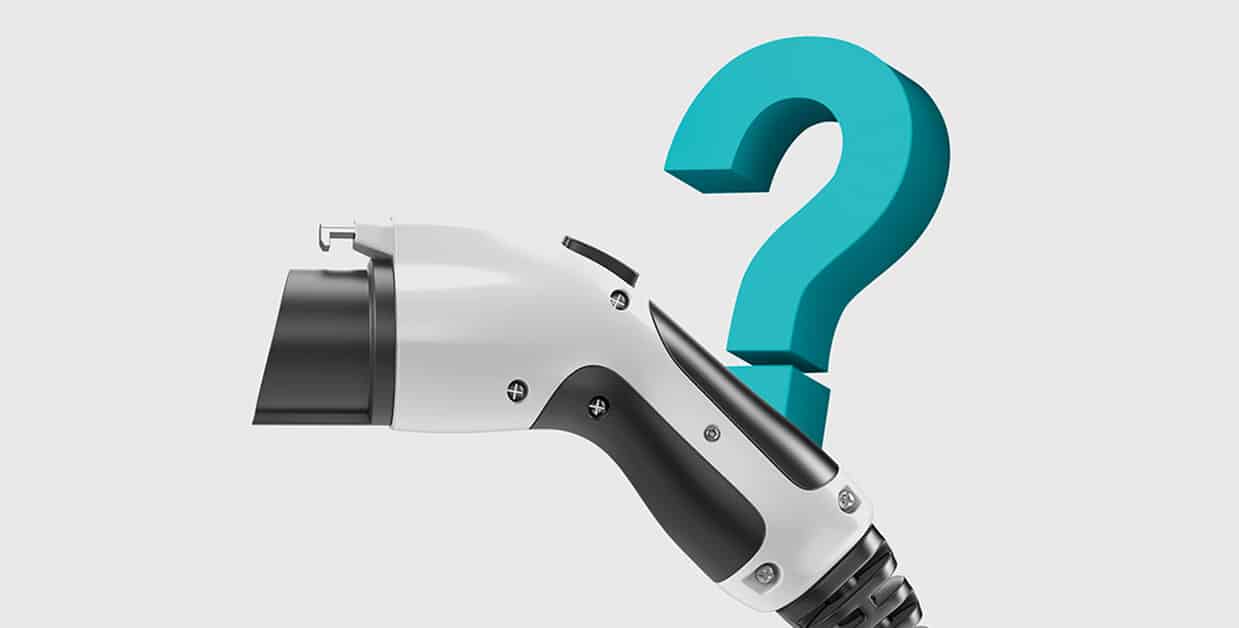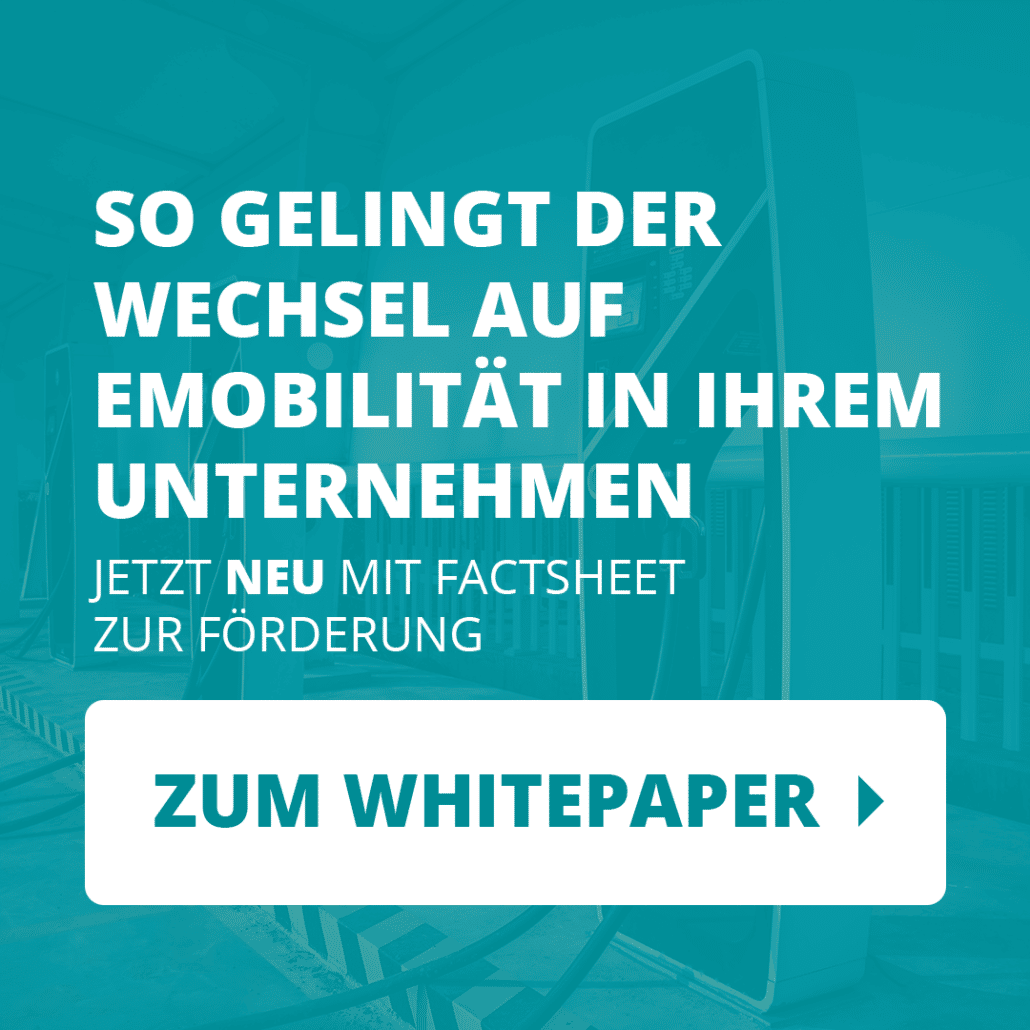OVERVIEW
- What advantages do electric cars offer?
- Which companies already have electric vehicles in their fleet?
- What does the future hold for batteries in electric cars?
- How do I find a charging station near me?
- How do I charge my electric car properly?
- Will my electric car also work in winter?
- What subsidies are available for electric cars?
1. WHAT ADVANTAGES DO ELECTRIC CARS OFFER?
There are many arguments in favour of electromobility and an electric car. Because it is emission-free and inexpensive to maintain. It is also a lot of fun to drive. This is not least because driving bans do not apply to electric vehicles. On the expenditure side, the low maintenance costs and the low energy costs are particularly important. In addition, many insurance companies grant discounts on their rates. Moreover, electric cars are exempt from vehicle tax for the following 10 years from the day they are registered. Another advantage is the low driving noise. A point that also benefits the residents. All garage and charging station owners also benefit from independence through their own infrastructure. They can charge their electric car at any time - and even with self-generated electricity.
TIP
Take a test drive. The advantages of electric cars can be described in great detail, but nothing beats your own experience of sitting in an electric car.
2. WHICH COMPANIES ALREADY HAVE ELECTRIC VEHICLES IN THEIR FLEET?
Many companies in Saxony already have electric vehicles in their fleet or allow their employees to use electric cars. With our umschalten.de team, we are always on the lookout for exciting stories and have already been able to portray some companies here in our blog.
This includes, for example, the Dresden University Hospital. In December last year, six public charging points were opened and four new e-cars were registered. The mobility offensive is also part of the environmental initiative "Carus Green".
Eight electric vehicles are also in use at 1st Mould GmbH in Pirna, primarily for reasons of sustainability. "At 1st Mould we want to set a good example, think ahead and take the plunge," is how Managing Director Max Stauß describes the company's intention.
Dürrröhrsdorfer Fleisch- und Wurstwaren GmbH has also subjected two electric cars to extensive testing and found them to be good. However, the technology is not yet suitable for the vans that deliver the refrigerated products to customers. The company intends to continue monitoring developments and is sure that "in 10 years we will see a lot more of these vehicles on our roads".
TIP
The experiences of other companies are the best way to learn for which purposes electric vehicles are already the better alternative in fleets today. Have you already gained experience with electric mobility and would like to tell our readers about it? Then write to frag@umschalten.de.
3. WHAT DOES THE FUTURE HOLD FOR BATTERIES IN ELECTRIC CARS?
Current electric vehicles draw their energy from lithium-ion batteries. These have a liquid electrolyte, a liquid core, so to speak. An alternative to this is the solid-state battery, which manages without liquid components. It is insensitive to heat, safer, more reliable and more durable.
However, the charging times are significantly longer than with conventional batteries. Researchers at the Jülich Institute for Energy and Climate Research (IEK-9) want to change that. They have developed a solid-state battery that can be fully charged in less than an hour.
"Since, unlike lithium-ion batteries, they also do not heat up excessively or even explode when damaged, they would also be a safe alternative for smartphones and other mobile computers," says Institute Director Prof. Rüdiger Eichel, explaining the possible uses of a solid-state battery. Such batteries are also suitable for use in electric cars. Thanks to their high power density, they would not only be lighter, but also smaller than lithium-ion batteries. Although the solid-state battery is not yet ready for the market, it is a realistic alternative for electric cars of the next generation but one.
TIP
Solid-state batteries are not yet as powerful as conventional lithium-ion batteries, but development is progressing steadily. Therefore, we will already see applications for e-mobility and smart home in the near future. We will keep you up to date.
4. HOW DO I FIND A CHARGING STATION NEAR ME?
There are many ways to find charging stations in the vicinity or to plan a longer trip in advance. Vehicle manufacturers, charging station operators and information portals usually have their own apps and websites. The Going Electric portal even offers a special route planner for electric cars. Depending on which car you drive and which plug you use, the optimal route is automatically calculated.
The E-Charging app provides you with a convenient option. SachsenEnergie and other partners have joined forces across Germany to offer this service. The app not only provides you with an overview of the charging station infrastructure, but also allows you to pay easily, for example via your mobile phone bill.
TIP
Test a few portals at home and set up an account so that you can easily find your way to the next charging station.
5. HOW DO I CHARGE MY ELECTRIC CAR PROPERLY?
If you want to charge your electric car on the road far from your own charging point, there is a growing number of publicly accessible charging stations available. However, this is not yet quite as simple as "drive to the filling station and pay". In addition to different types of plugs, there are also different payment systems. Charging an electric car at a charging station, on the other hand, works in principle like at a self-service filling station. Select the payment option, redeem the ticket or register at the charging station, charge the electric car, and you're done. It will probably take some time before certain standards for charging and billing systems are established. However, it is already easy and convenient to travel by electric car.
TIP
The operation of a charging station is usually simple and intuitive. Before your first trip, find out about the billing systems offered and the charging stations that come into question.
6. DOES MY ELECTRIC CAR ALSO WORK IN WINTER?
Yes, of course, it works! Because current electric vehicle models no longer have the teething troubles of the past. It is true that drivers of an electric car have to rethink a little in winter and keep an eye on the issues of warmth and range. But you don't have to dress warmly and leave your electric car at home!
An electric car also usually draws the energy for heating from its battery. Depending on the model, this can reduce the range by a third. Even the use of steering wheel and seat heating saves energy. Some manufacturers also rely on a combination with a heat pump. This can increase the range by up to 30 % and almost compensates for the disadvantages caused by cold weather in winter.
TIP
Preheat your electric car while it is still connected to the charging cable. This way, the energy for this comes from the grid and you save the battery. Last but not least, it is pleasantly warm, just like with a parking heater.
7. WHAT SUBSIDIES ARE AVAILABLE FOR ELECTRIC CARS?
Two sides are promoted: The electric vehicle itself and the charging infrastructure. The so-called environmental bonus is available for the purchase of an electric vehicle. The funding programme was launched by the Federal Government together with the vehicle industry. Both subsidise the purchase of a new electric vehicle. Up to now, up to 3,000 euros have been paid in equal parts. Since 08.07.2020, limited in time until 31.12.2021, with an increased share borne by the Federal Government. This means that a total of 9,000 euros in environmental bonus is currently available for a pure battery electric vehicle or a fuel cell vehicle with a net list price of up to 40,000 euros, or 7,500 euros for vehicles over 40,000 euros. Plug-in hybrids with less than 50 g CO2 emissions per km receive a bonus of 6,750 and 5,625 euros respectively.
For the charging infrastructure, there is on the one hand a federal funding programme for publicly accessible charging infrastructure until 2025. On the other hand, the state of Saxony also provides funding. However, this programme is linked to the simultaneous installation of an electricity storage system. The possible subsidy is 400 euros per AC charging point or 1,500 euros per DC charging point.
TIP
Find out about possible funding in good time and get advice on which subsidies are eligible. We will be happy to support you!
Electric vehicles are a topic with ever-increasing relevance. For companies in particular, it is an exciting field of the future. As a specialist portal for electromobility, we deal with further developments, new technologies and opportunities for SMEs on a daily basis. Therefore, we want to give you the answers in our blog that you need to make your judgement. And if you have a completely different question about electromobility that we have not yet answered in our blog, then write to us!





